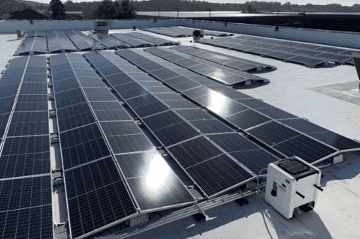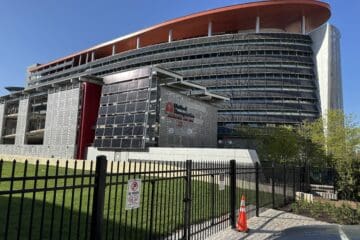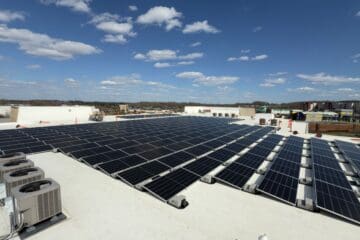In the heart of coal country, solar energy sees some movement
I got into solar thinking more about global action than local, but I still like to keep track of sustainability news and renewable energy projects in my native West Virginia. Notable progress can happen at first in the form of baby steps. My former high school recently doing a window retrofit to reduce energy consumption was a baby step in the right direction, to keep up with this era of sensible energy saving and modern clean production. West Virginia is, should we say, behind the times when it comes to contemporary grid greening. In a study conducted by WalletHub, West Virginia came in last – 50th of the 50 states- for sustainability. Yes, there is room for improvement.
A glimpse of that improvement came earlier this month when the West Virginia state legislature passed HB 3310 which will exempt solar PPAs from the state PSC’s (Public Service Commission) jurisdiction. The bill aimed specifically at encouraging retail electricity customers to invest in and benefit from on-site solar production. There are a few caveats, like system size (depending on the type of customer). The residential cap is 25 kW, commercial cap is 500 kW and industrial customers have a 2,000 kW cap. Regardless, a step in the right direction for a state widely known for its coal mines & dirty energy production.
This first step towards increased solar production in the state will likely lead to an increase in incentives and codified renewable objectives. States before them (like Maryland and Virginia) have led with one initiative, then others have followed placing them on a path towards aggressive emission goals and renewable energy targets.
This isn’t just good for the state of West Virginia, but for surrounding states as well. Pollution blowing eastward from states like Kentucky, Ohio and West Virginia has been a long-standing problem that hasn’t seen much of a solution. In 2016, New York and several other states filed a lawsuit against the EPA ‘over interstate air pollution.’ The Maryland state environmental agency has requested more stringent control on dirty energy plants in order to reduce this air pollution problem. But the more clean energy produced in these upwind states, the more this problem will fix itself.
By: Tee Tanner
Solar Performance Engineer
Photo credit: Elijah Hail



